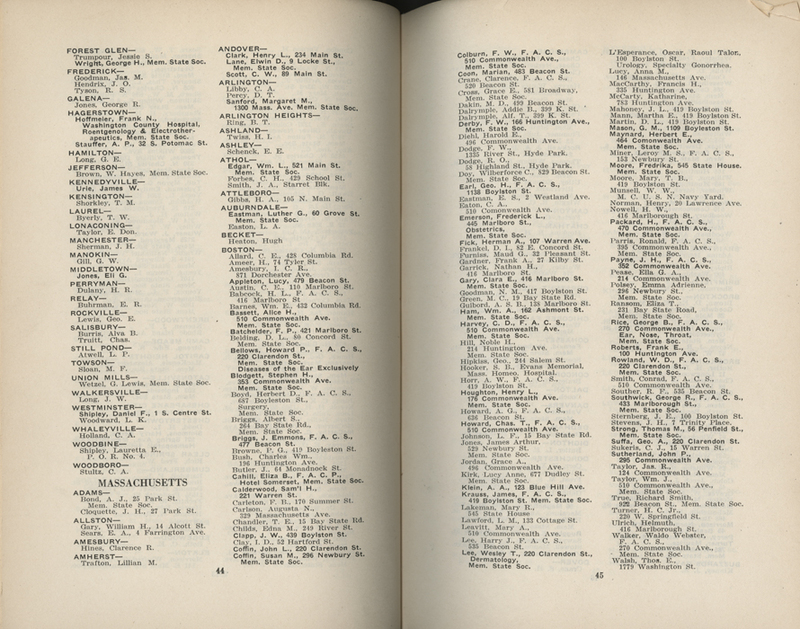Breaking Down
At the same time, however, homeopathy itself started to break down from within. The first generations of fervent converts to the movement were dying off, and no great number of new followers was in evidence. Many of the homeopaths themselves began to moderate or even move away from a strict adherence to Hahnemannian doctrine. Some adopted allopathic or homeopathic treatments according to circumstance, depending on which remedy proved more effective. A serious division arose between practitioners advocating high and those advocating low potencies—the latter group trying to realign homeopathic doctrine more closely with allopathic practice. The national organization, the American Institute of Homeopathy itself divided, with the breakaway group establishing the International Hahnemannian Association in 1880 to maintain a "pure" adherence to homeopathic practice and the Organon. The Institute, by contrast, resolved in 1889 that its members need not be practitioners of homeopathy but only "one who adds to his knowledge of medicine a special knowledge of homeopathic therapeutics. All that pertains to the great field of medical learning is his by tradition, by inheritance, by right."
Abraham Flexner's 1910 report to the Carnegie Foundation, Medical education in the United States and Canada, also dealt a blow to homeopathy. "The logical position of medical sectarians to-day is self-contradictory. They have practically accepted the curriculum as it has been worked out on the scientific basis. They teach pathology, bacteriology, clinical microscopy. They are thereby committed to the scientific method; for they aim to train the student to ascertain and interpret facts in the accepted scientific manner. He may even learn his sciences in the same laboratory as the non-sectarian. But scientific method cannot be limited to the first half of medical education. The same method, the same attitude of mind, must consistently permeate the entire process. The sectarian therefore in effect contradicts himself when, having pursued or having agreed to pursue the normal scientific curriculum with his student for two years, he at the beginning of the third year produces a novel principle and requires that thenceforth the student effect a compromise between science and revelation."In addition, the Flexner report criticized many of the existing homeopathic schools for their modest entrance requirements and poor facilities and noted that the number of schools had declined in just a decade, from 22 in 1900 to 15.
Boston University came off better: "This school has an excellent building, admirably kept and well equipped, and attractive laboratories for pathology, bacteriology, physiology, chemistry, and anatomy. There is no experimental pharmacology. It possesses a library in charge of a permanent librarian, a beautifully mounted collection of pathological material … and other features indicative of intelligent and conscientious effort." Nevertheless, the Class of 1918 at Boston University petitioned to learn "old school" therapeutics, and in June 1918, the medical school abandoned its homeopathic orientation, relegating lectures on homeopathy to the medical history curriculum. The school itself was completely reorganized in 1921, and the name of the associated Massachusetts Homeopathic Hospital was changed to the Massachusetts Memorial Hospitals in 1929.

